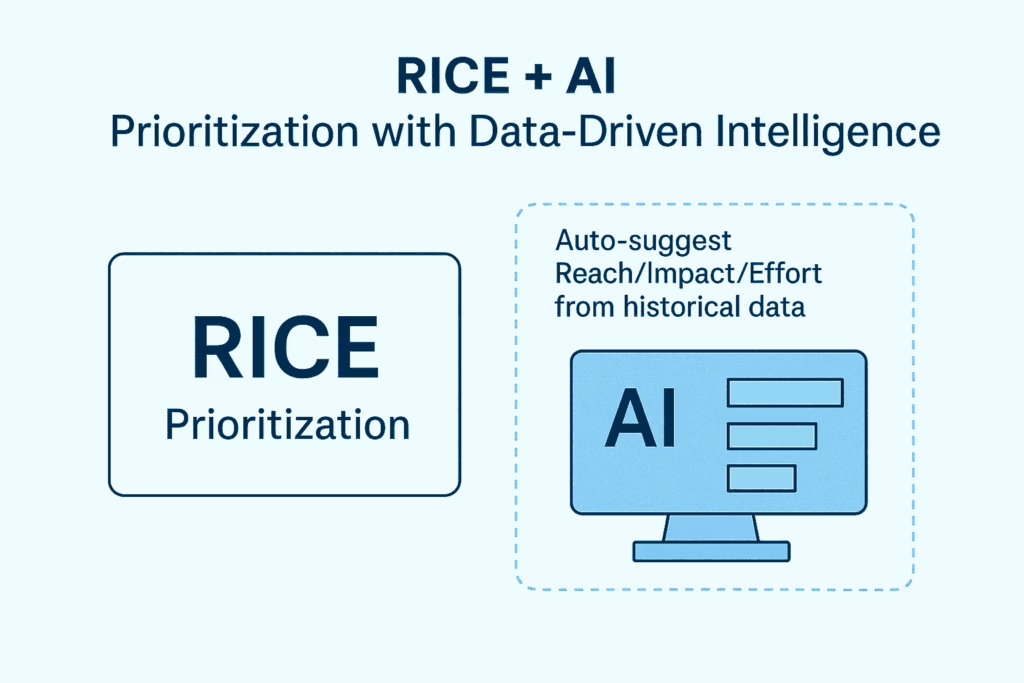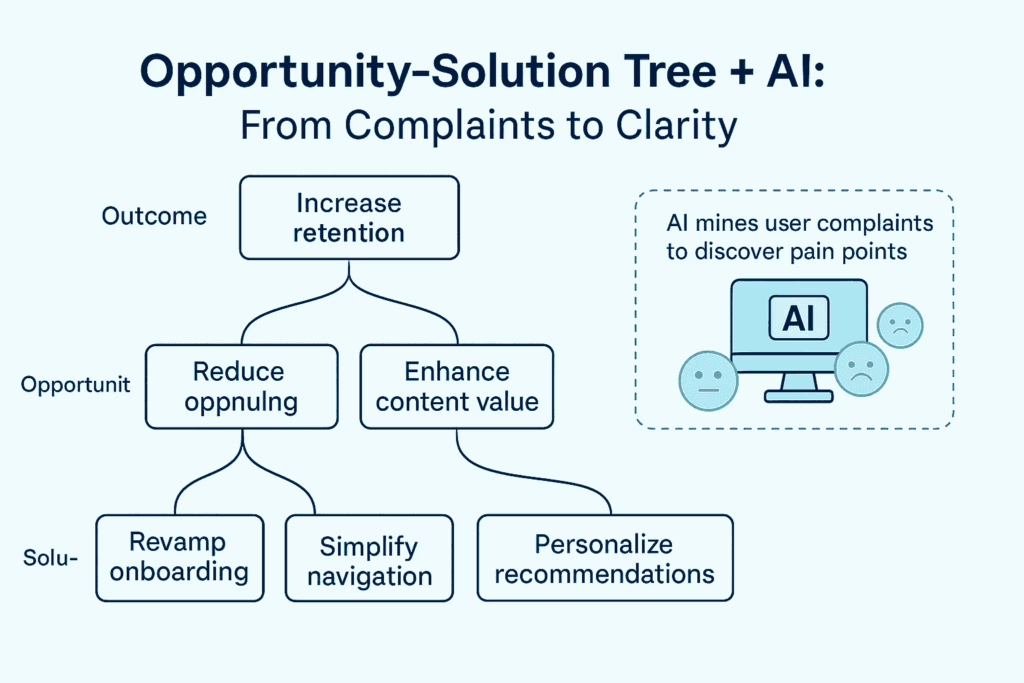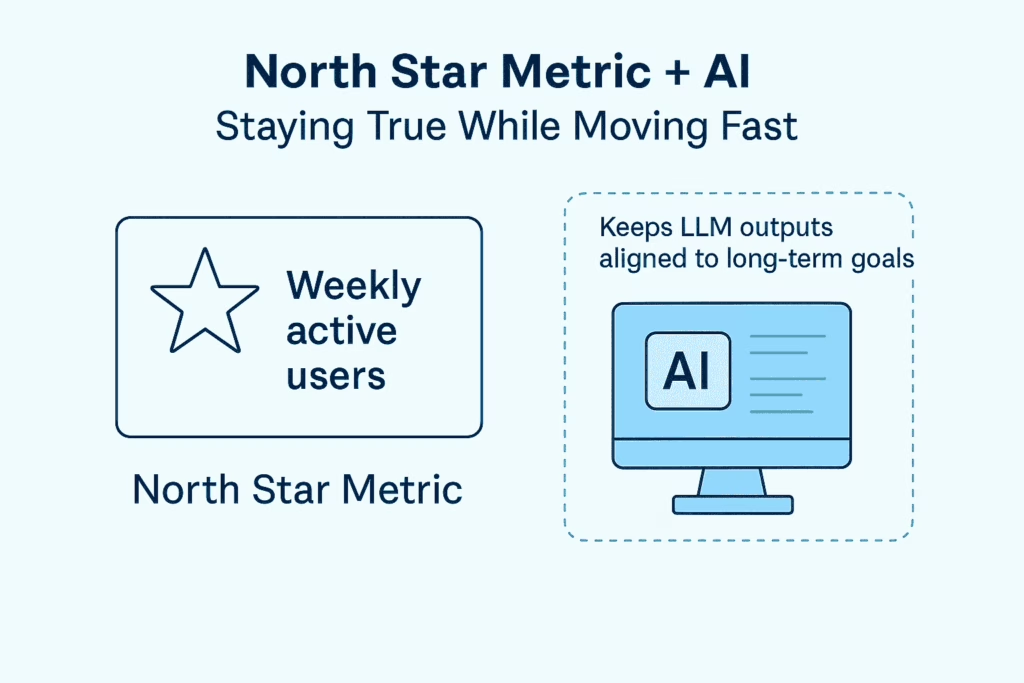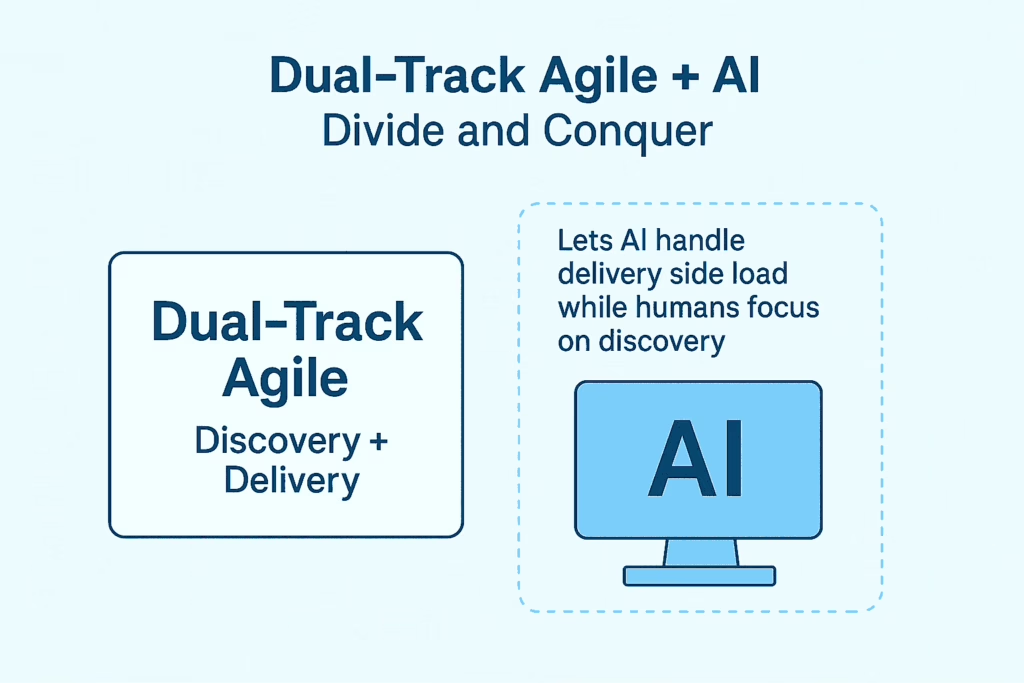“The best product managers of tomorrow may not be the loudest in the room but the ones who listen best to their AI copilots.”
Introduction: From Intuition to Intelligence
Product Management is undergoing a quiet but profound transformation. As Large Language Models (LLMs) like OpenAI’s GPT-4, Google’s Gemini, and Anthropic’s Claude become integrated into the daily workflows of product managers, a new hybrid role is emerging: the AI-Augmented PM.
This isn’t just a new toolset—it’s a new mindset. The shift is prompting questions across boardrooms and product teams alike: Are we heading towards agentic roadmaps? Is this the end of intuitive product sense? Will machines dampen human creativity, or free it?
Historical Shifts: How PMs Have Always Evolved
To understand the present moment, it helps to look back:
- 1990s – Engineering-led PM: PMs were often former engineers focused on feature delivery and timelines.
- 2000s – User-led PM: The rise of usability testing and personas ushered in a customer-first era.
- 2010s – Data-led PM: Dashboards, KPIs, and A/B testing ruled the day.
- 2020s – AI-led PM?: LLMs now augment everything from PRDs to roadmap simulations, raising the possibility of partially or fully agentic product strategies.
The apprehensions today are not unlike those that met Agile or design thinking. As with those shifts, the fears may mask opportunities.
Automation in Action: What AI Is Doing Already
AI is no longer limited to chatbots or backend intelligence. It’s deeply embedded in product development:
- Drafting PRDs using Notion AI or Confluence AI
- Summarizing customer feedback across surveys and support tickets
- Recommending epics and user stories via tools like Atlassian or Linear
- Suggesting roadmap reprioritizations based on real-time telemetry
At GitHub, internal AI agents are being tested to anticipate roadblocks by mapping dependencies across epics. Replit’s Ghostwriter is being explored to forecast developer onboarding frictions—insights that were previously discovered only after costly delays.
The Innovation Paradox: Is AI Killing Novelty?
There’s a popular critique: “LLMs only know the past, so how can they create the future?”
But consider this: according to a 2022 McKinsey survey, only about 18% of product ideas generated by PMs are truly novel. Most are incremental, optimizing user flows, improving performance, localizing features.
IDEO, a global design firm, argues that novelty often emerges from working within constraints. AI, when used correctly, doesn’t constrain ideas, it sharpens them.
Take Netflix, for instance. Its experimentation platform uses AI to suggest new product ideas for A/B testing, not to write show scripts, but to match content delivery innovations with latent customer behavior.
Person, Org, Industry: Notions, Worries, and Realities
Let’s take Tanya, a senior PM at a fintech company in Singapore. Her company recently deployed an internal GPT assistant trained on product requirements, legal norms, and customer support logs. Initially skeptical, Tanya feared that the assistant would dull her team’s creative process. Three months in, she realized that the assistant actually reduced her cognitive load—summarizing voice-of-customer calls and drafting feature specs—freeing her up to explore riskier, novel ideas with her engineers.
Her story mirrors broader trends.
- Intuit, Shopify, and Uber have started blending AI into PM toolchains.
- Bain & Company reports that companies deploying AI in product development saw a 17% faster time-to-market.
- Gartner predicts that 30% of PM tasks will be executed by AI by 2026.
Yet, worries persist: Will AI undermine intuition? What if we ship what’s safe, not what’s bold?
The answer lies in balance. Organizations need a dual-lens approach: use AI to manage the known and human judgment to explore the unknown.
Frameworks for Navigating the Shift
To operationalize AI in product management without losing control, PMs are adopting hybrid methodologies. For more details, click the links.
| Methodology | Purpose | AI-Aided Function |
|---|---|---|
| RICE | Prioritization | Auto-suggest Reach/Impact/Effort from historical data |
| Opportunity-Solution Tree | Problem framing | AI mines user complaints to discover pain points |
| North Star Metric | Vision anchoring | Keeps LLM outputs aligned to long-term goals |
| Dual-Track Agile | Discovery + Delivery | Lets AI handle delivery side load while humans focus on discovery |




Tooling and Maturity Across the Industry
| Tool | Maturity Level | Use Case Description | Companies Using It |
| Notion AI | Mature | Drafts and refines product documents | Doordash, Headspace |
| Confluence AI | Emerging | Summarizes discussions, creates PRDs | Atlassian, Uber |
| Linear | Mature | Auto-suggests issues, streamlines sprint planning | Replit, Loom |
| Coda AI | Developing | Helps in data-backed decision modeling | OpenAI, Snowflake |
| GitHub Copilot | Mature | Assists engineering input during PRD and tech specs | GitHub, Shopify |
| ChatGPT + Plugins | Rapidly evolving | Conversational agent for brainstorming and prototyping | Multiple startups & PMs |
| Custom GPTs | Experimental | Trained on org-specific context for roadmap planning | Internal tools at Salesforce |
Are We Ready for Agentic Roadmaps?
Agentic systems—where AI can recommend, simulate, or even execute strategic decisions—are not sci-fi anymore. Internal tools at Amazon, Adobe, and Salesforce are already modeling user behavior to simulate impact of roadmap changes before they are built.
While full autonomy may still be years away, co-pilot mode is here and real. AI can now:
- Flag roadmap items likely to be blocked due to tech debt
- Suggest market segments under-served by current features
- Predict churn risk based on delay in feature launches
Conclusion: Worth It, If We Stay Grounded
AI-powered PMs are not here to replace bold thinkers—they are here to eliminate repetitive tasks, surface overlooked insights, and provide strategic leverage.
In this new era:
- PMs stay in the driver’s seat
- AI sits in the co-pilot chair
Vision still matters. Intuition still matters. But now, so does orchestration at scale.
The future belongs to PMs who know when to ask a human, and when to ask their AI.
References
- Gartner (2024): Future of Product Management — https://www.gartner.com/en/documents/4012345
- McKinsey (2022): The State of AI — https://www.mckinsey.com/business-functions/mckinsey-digital/our-insights/the-state-of-ai-in-2022
- IDEO: What Is Design Thinking — https://www.ideou.com/blogs/inspiration/what-is-design-thinking
- Bain & Company: Generative AI in Product
- Andreessen Horowitz: AI x PM — https://a16z.com/building-products-with-generative-ai/
Tags: AIinPM, AIProductManagement, ProductStrategy